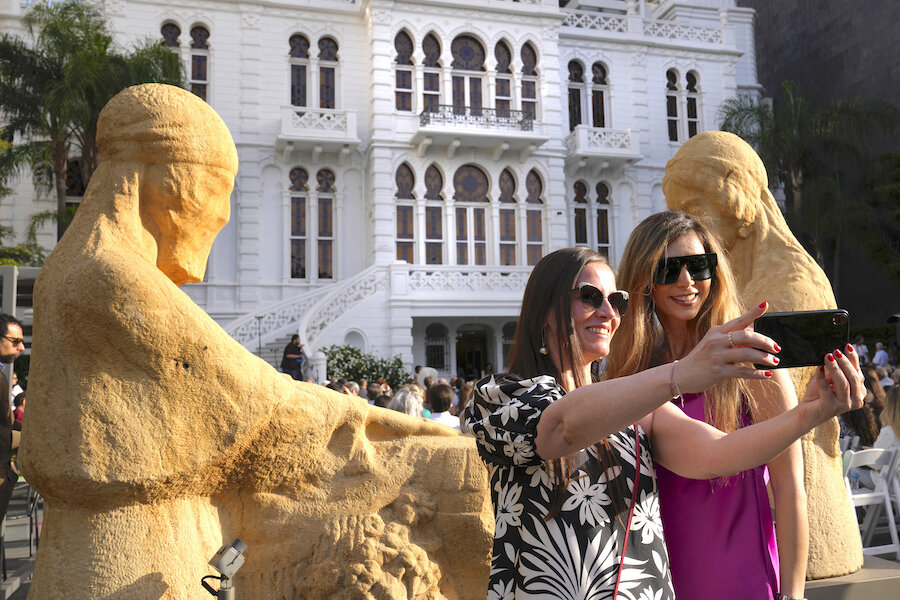Art as startup in Lebanon
Loading...
Lebanon’s economic crisis is one of the world’s worst since the mid-19th century. Poverty has reached historic highs. The country has been without a leader since October. Yet its people have now taken a step toward reviving Lebanon’s place as a cultural and intellectual hub in the Middle East.
Last Friday, curators in Beirut reopened the Sursock Museum, one of the most important archives of contemporary and modernist art in the Arab world. The restoration of the museum, severely damaged nearly three years ago by a massive chemical explosion in the Mediterranean port city, asserts the dignity of a region that for much of human history was shaped more by the vibrancy of ideas than by persistent conflict.
“It’s a beautiful moment of healing,” Karina El Helou, the museum’s director, told Le Monde. “It’s a symbol ... of the survival of cultural life” – proof, she said, “that culture is essential when everything else is going wrong.”
As a tool for liberation, art is getting plenty of work these days. The pro-democracy movement in Iran has stirred debate about using art centers as places for dialogue. The same is true in Sudan where a civil war has provoked a popular backlash. “Sudanese artists have been at the forefront of [their country’s] freedom movement,” observed French rappers and writers in tribute to Tunisian and Sudanese filmmakers at the Cannes Film Festival last month.
The Beirut museum’s revival points to a unifying aspect of art – its beauty and honest messaging cannot be suppressed. Long before the Sursock reopened, Lebanon’s National Symphony Orchestra found ways to play on through the pandemic and constant power outages.
Art also binds people across generations and cultures. The Café Yafa in Israel, for example, is a Palestinian-owned bookstore that welcomes dialogue among Jewish and Arab patrons.
Restoring the museum’s edifice and treasures required French artists skilled in stained glass as well as Lebanese wood carvers well studied in Venetian and Ottoman architecture. The project was financed by foreign agencies and private donors and coordinated through the U.N. agency for science and culture. All those involved have a shared stake in the project. The art in the Sursock reflects the diversity and commonality of values rooted in ancient civilizations from Greece to Rome, from Iraq to Sudan.
In 2011, the world witnessed the Arab Spring with its youthful protesters demanding civic equality and honest governance. While most of their aspirations were ignored, they endure in many aesthetic spaces, from bookstores to museums. The light of right ideas only finds new expressions.







